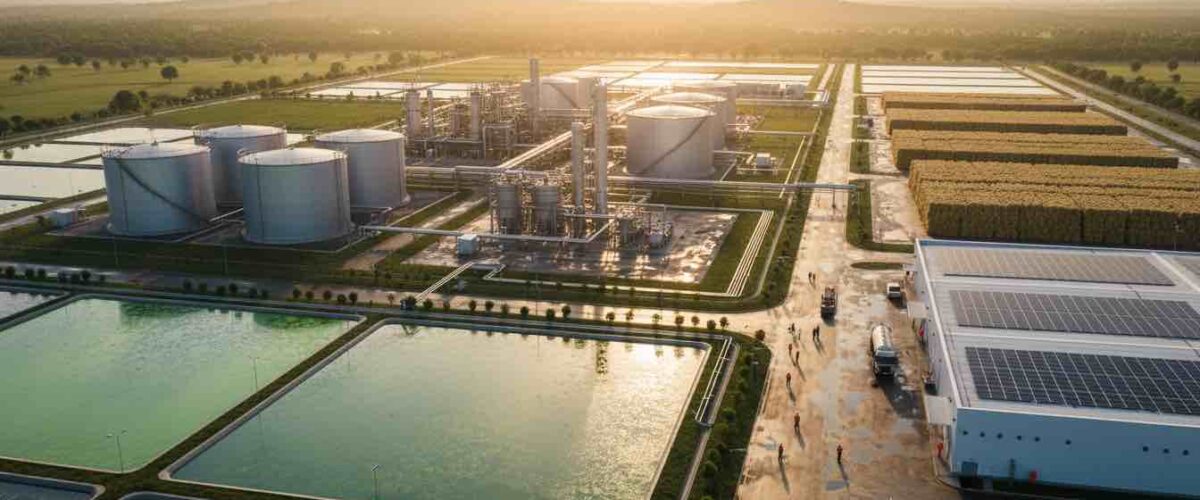Sulfur, a naturally occurring element in crude oil, has long been a challenge in petroleum refining. When fuels containing sulfur are burned, they release sulfur oxides (SOx), which contribute to air pollution, acid rain, and respiratory health issues. In response, governments and international organizations have progressively tightened regulations to reduce sulfur content in fuels. This shift is reshaping the global energy landscape, driving refiners and traders to adapt to stricter standards.
Why Sulfur Reduction Matters
The push to reduce sulfur in fuels is rooted in both environmental and health concerns:
- Air quality: SOx emissions lead to smog and acid rain, damaging ecosystems and infrastructure.
- Public health: Exposure to sulfur-related pollutants increases risks of asthma, heart disease, and lung cancer.
- Climate goals: While sulfur reduction is not a direct climate measure, it supports broader decarbonization strategies by lowering harmful emissions associated with fossil fuel use.
Global Environmental Standards
Different regions have set varying sulfur limits, but the trend is clear: the world is moving toward ultra-low sulfur fuels.
- Marine fuels (IMO 2020): The International Maritime Organization reduced the sulfur cap in marine fuels from 3.5% to 0.5% in January 2020, reshaping global shipping fuel demand.
- Road fuels: Most advanced economies now mandate ultra-low sulfur diesel (ULSD) and gasoline with sulfur levels capped at 10–15 ppm (parts per million).
- Emerging markets: Countries in Asia, Africa, and Latin America are phasing in lower sulfur limits to align with international health and trade requirements.
Refinery Adjustments and Technology
Meeting these standards requires significant changes in refining processes and investments in new technologies. Key approaches include:
- Hydrodesulfurization (HDS): The most widely used method, where hydrogen is used to remove sulfur compounds from fuels.
- Advanced catalysts: Improvements in catalyst design increase efficiency in breaking down sulfur molecules.
- Residue upgrading: Technologies such as coking and residue desulfurization help reduce sulfur in heavier fuel oils.
- Blending strategies: Traders and refiners also reduce sulfur content by blending high-sulfur fuels with lower-sulfur alternatives.
Market Implications
Stricter sulfur standards have reshaped fuel markets globally:
- Price differentials: Low-sulfur fuels command higher premiums, creating opportunities for refiners with advanced desulfurization capacity.
- Shift in crude preferences: Refiners increasingly favor low-sulfur “sweet” crudes over high-sulfur “sour” crudes.
- Investment pressure: Smaller or outdated refineries face challenges in upgrading units to meet sulfur requirements, driving consolidation in some markets.
- Shipping industry changes: IMO 2020 regulations spurred demand for compliant fuels, scrubber technology, and in some cases, liquefied natural gas (LNG) as a marine fuel.
The trajectory of global fuel standards points toward even stricter sulfur limits and broader adoption of cleaner alternatives. Over the next decade, advancements in refining, alternative fuels, and emissions reduction technologies will further reduce sulfur’s role in petroleum products. For traders and refiners, aligning with these standards is not just about compliance; it is a competitive advantage in a marketplace increasingly defined by environmental responsibility.
Reducing sulfur content in fuels is a cornerstone of global efforts to improve air quality and protect public health. The shift toward ultra-low sulfur standards challenges the petroleum industry to innovate, invest, and adapt. In doing so, refiners and traders not only meet regulatory requirements but also position themselves for long-term relevance in a cleaner, more sustainable energy future.
Read more on Sparkview Energy:
From Fossil Fuels to Renewables: How Oil and Gas Companies Are Diversifying Their Portfolios
Advances in Refining: Producing Cleaner and More Efficient Fuels
The Rise of Biofuels: A Sustainable Complement to Traditional Oil










